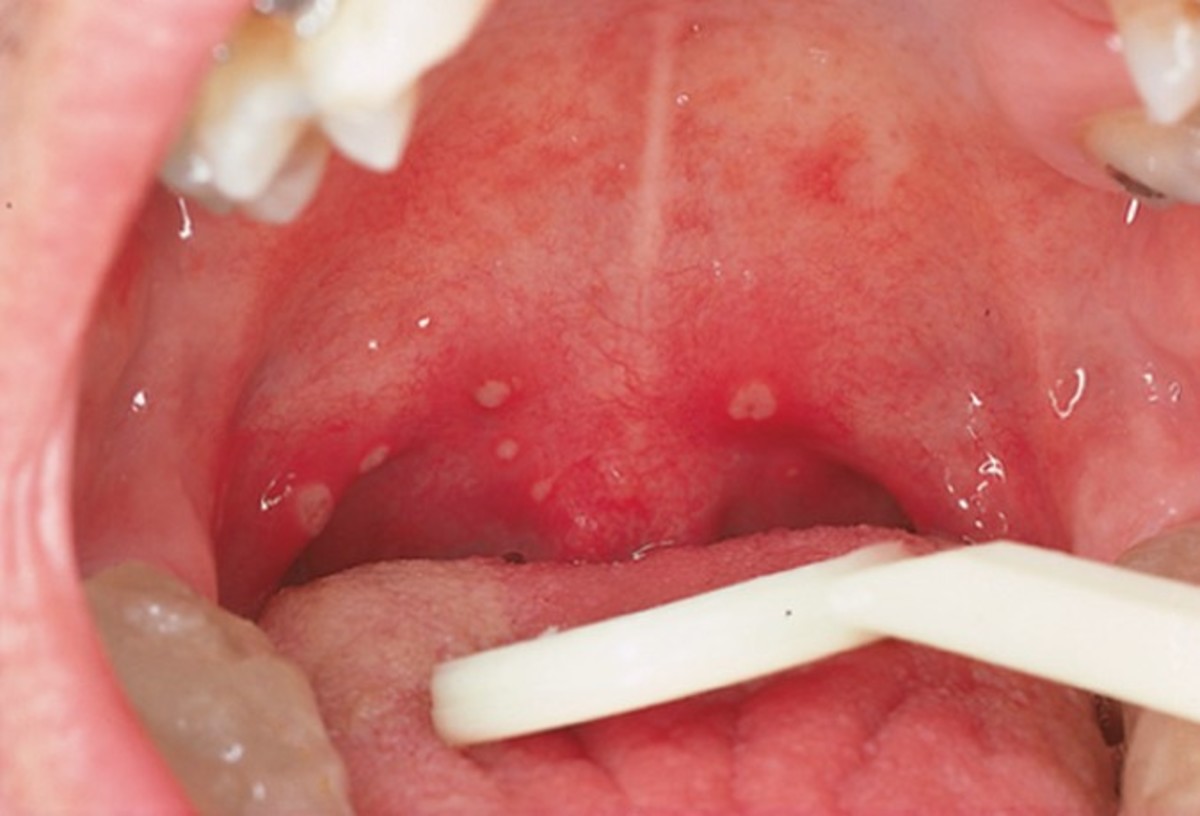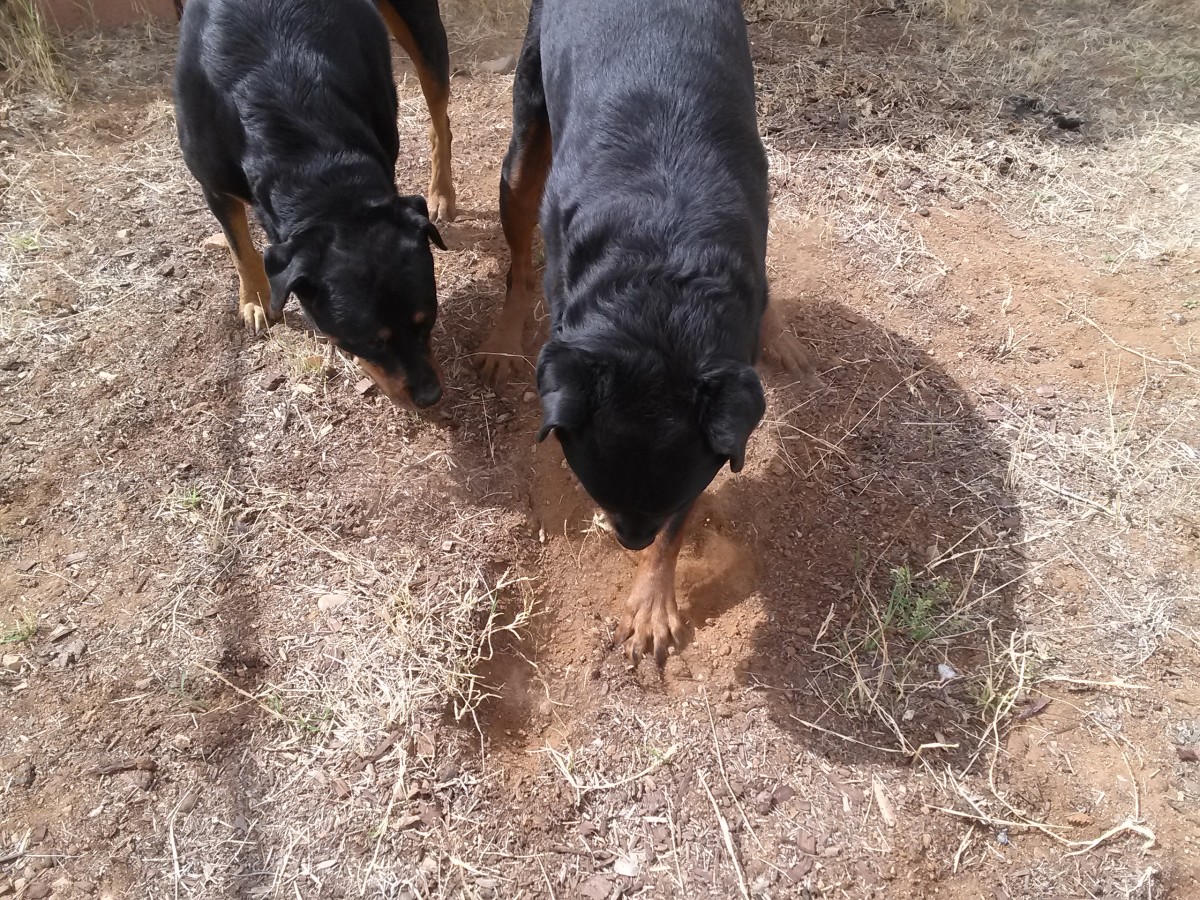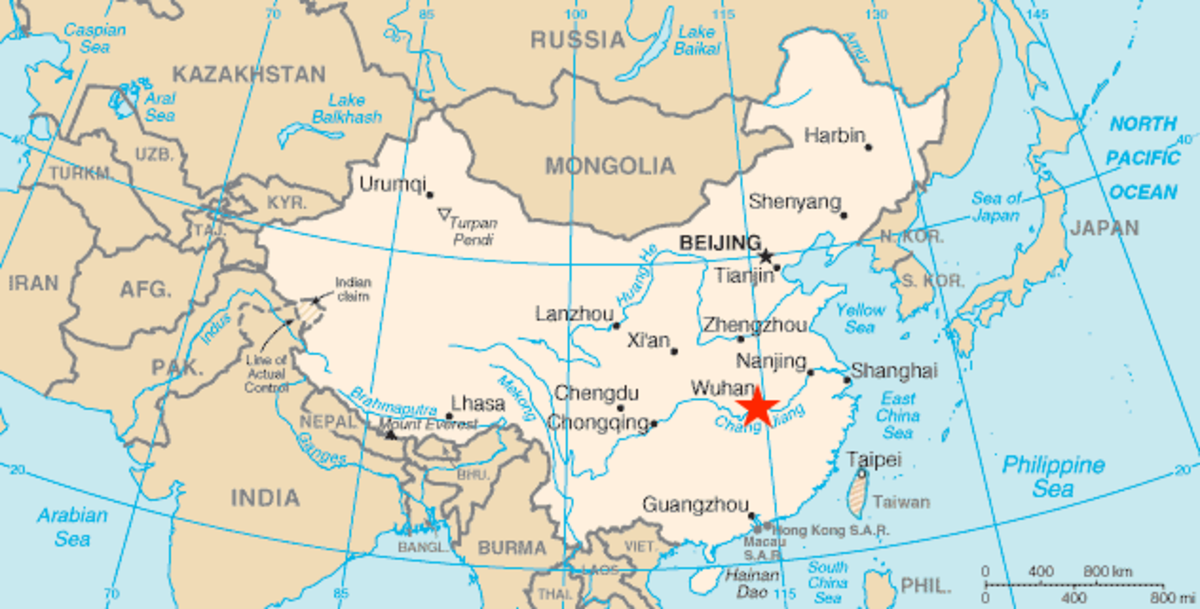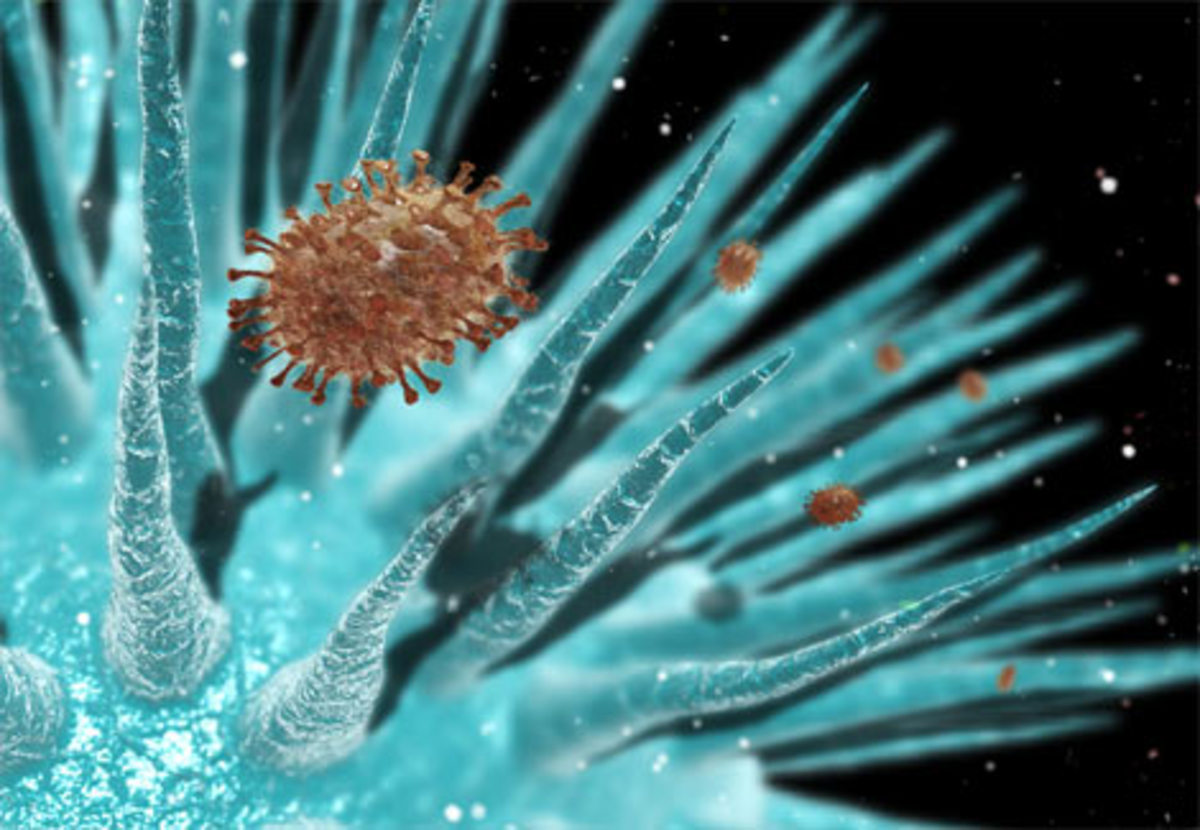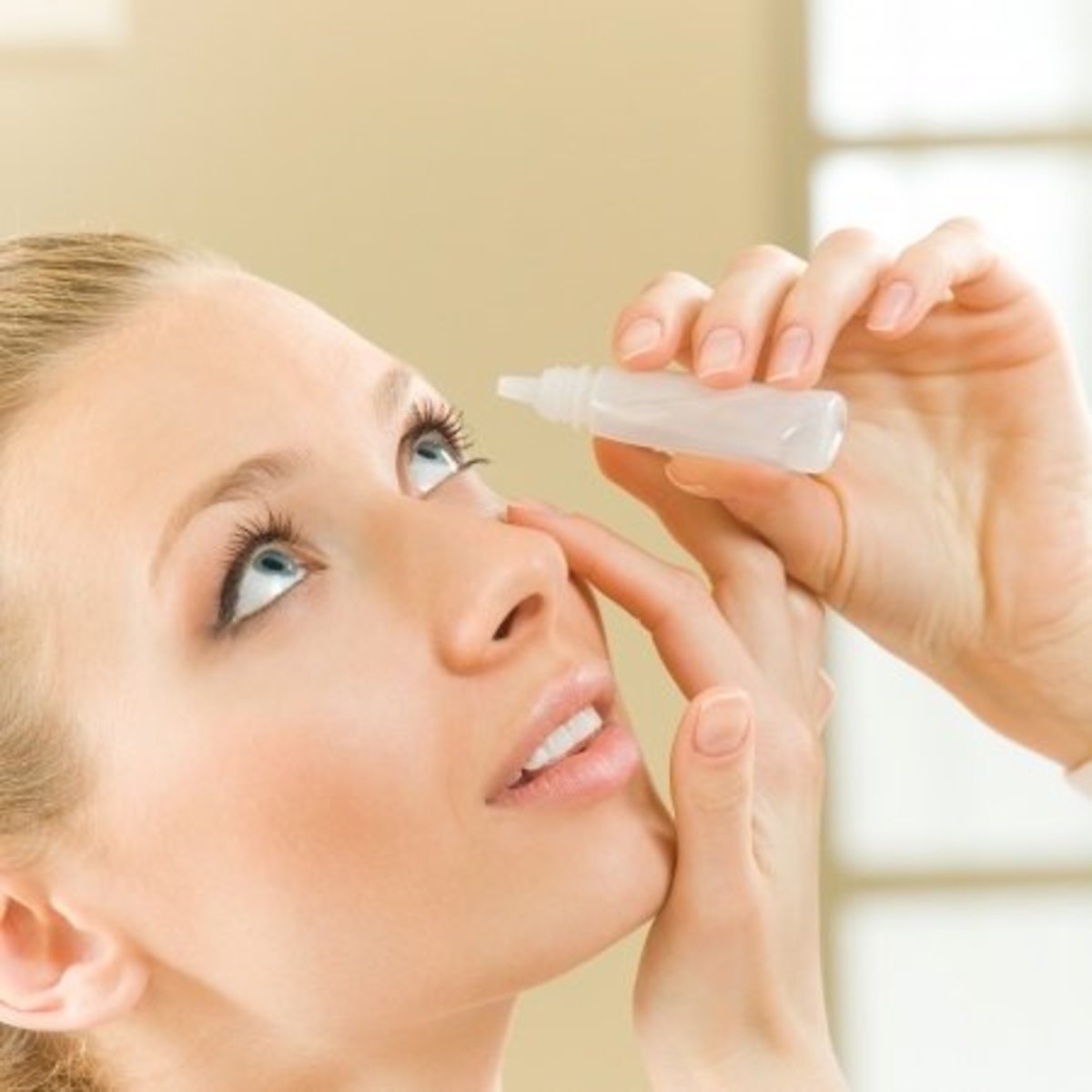The Signs and Symptoms to Be Aware With Covid-19
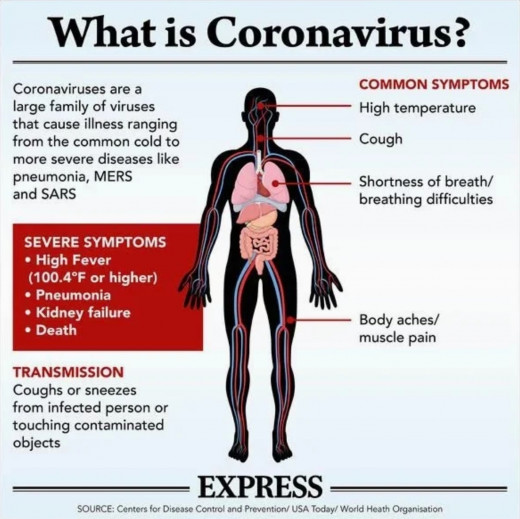
The magnitude and severity of the COVID-19, is evident with the amount of information being shared on all social platforms.
The outbreak of Covid-19 is creating an unprecedented situation, on an unprecedented scale, and nothing remains the same. It pushes us out of our comfort zones, it is confusing and creates anxiety.
Recognising the signs and symptoms
The signs and symptoms of COVID-19 are non-specific. The signs and symptoms can range from no obvious signs or symptoms to those with mild symptoms in association with the common cold, to a much more severe respiratory illness such as pneumonia. In the case of critical illness, the risk of complications increases and can be life threatening.
On average, official reports indicate that signs and symptoms typically develop five to six days after being exposed to the COVID-19 virus. The time it takes for symptoms to appear is called the ‘incubation period’. The full incubation period ranges between 1 and 14 days.
The common cold symptoms:
- Fever
- Dry cough
- Fatigue
- Coughing up slime (producing phlegm in the lungs)
- Shortness of breath
- Sore throat
- Headache
- Muscle or joint ache or pain
- Body chills
Stages
Days 1 - 3
- Symptoms are almost equivalent to the common cold
- Slight sore throat
- No fever or fatigue
- You still eat normally
- Airy sensation around the tummy region
Day 4
- Sore throat and body aches
- Throat is hoarse
- Body temperature is about 36.5 C
- Starts effecting eating habits
- Slight headache
- Mild diarrhoea or digestive problems
Day 5
- Sore throat and hoarse
- Slight fever, temperature between 36.5 and 36.7 C
- Body weakness and joint pain
Day 6
- Slight fever, approximately 37°C
- Cough containing mucus or dry cough
- Sore throat when eating, speaking or swallowing
- Fatigue and nausea
- Mild difficulty breathing
- Sore fingers
- Diarrhoea and vomiting
Day 7
- Fever is higher, ranging from 37.4 to 37.8 C
- Intense coughing with phlegm
- Body pain and headaches
- Moderate to extreme diarrhoea
- Vomiting
- Start feeling an imbalance, faint or dizzy spell
Day 8
- Fever, between 38°C or above
- Difficulty breathing, feeling heavy in the chest with each breath
- Persistent cough
- Headache, joint and hip pain
- Continued feeling of imbalance, faint or dizzy spell
Day 9 - 14
- Symptoms don't change, and worsen each passing day
- Fever increases
- The cough is persistent and heightened
- Difficultly in breathing
- Efforts placed in taking full breaths
The signs and symptoms of COVID-19 may seem non-specific with similarities associated to the common cold or influenza. The table below shows the difference and similarities:
COVID-19
| FLU
| COLD
| |
|---|---|---|---|
Incubation period (time from exposure to first symptoms showing)
| 2 – 14 days
| 1 – 4 days
| 1 – 3 days
|
Start of symptoms
| Symptoms range from mild to severe
| Abrupt onset of symptoms
| Gradual onset of symptoms
|
Typical length of illness
| Undetermined
| 7-14 days
| 7 – 10 days
|
Fever
| Common
| Common
| Rare
|
Fatigue
| Sometimes
| Sometimes
| Sometimes
|
Cough
| Common - usually dry
| Common - usually dry
| Mild
|
Sneezing
| No
| No
| Common
|
Aches and pains
| Sometimes
| Sometimes
| Common
|
Runny or stuffy noses
| Rare
| Sometimes
| Common
|
Sore throat
| Sometimes
| Sometimes
| Common
|
Diarrhoea
| Rare
| Sometimes for children
| No
|
Headaches
| Sometime
| Common
| Rare
|
Shortness of breath
| Sometimes
| No
| No
|
Sources: World Health Organization, Centers for Disease Control and Prevention
Please attach importance to this problem and don't take chances, on how the Covid-19 infection takes effect. We all need to be weary, and seek medical attention should you experience any signs or symptoms indicating a concern.
Respect to our medical heroes and heroines of the world
Greatest respect goes out to all healthcare workers, working tirelessly on bringing recovery to every nation of the world. Hospitals face battles with supplies and equipment depleting daily.
Medical students, retired doctors, physicians, nurses and other medical healthcare specialists have have volunteered their time in curbing the coronavirus crisis. Taking note that with retired members being anywhere near the frontline of the pandemic, endangers the risk of their health, though the highest precautions are in place.
Our over worked medical heroes and heroines have taken on this battle with great humility, their effort and time is gratefully acknowledged. I commend, with the utmost respect and gratitude to all medical care workers around the world.
Imperative
- Wear a mask
- Pay attention to hygiene
- Wash hands diligently
- Adhere to avoiding social gatherings
- Adhere to cancelling all travel plans
- If you cough, cover your mouth and move away from people
- If you sneeze, cover your nose and move away from people
- Sanitise frequently
- Continue to keep the discipline in the necessary precautionary methods, even after the pandemic has been eradicated
- Continue to be safe and in good health
What can we take from the pandemic as a life lesson?
Change is an inevitable part of life. It allows us to re-evaluate our priorities and forces us to be innovative and to adapt.
Take cognisance of the social distancing, to speed up the process in decreasing the virus. If you have health concerns, I implore you to get it medically checked for a professional diagnosis.
In this time of lock down, we are with the hope for the global pandemic to soon be eradicated and that our families be protected, taking the necessary precautionary measures for good health and well-being.
This content is accurate and true to the best of the author’s knowledge and does not substitute for diagnosis, prognosis, treatment, prescription, and/or dietary advice from a licensed health professional. Drugs, supplements, and natural remedies may have dangerous side effects. If pregnant or nursing, consult with a qualified provider on an individual basis. Seek immediate help if you are experiencing a medical emergency.
© 2020 Mitara N

